Nerve cells form long-term memories with the help of an inflammatory response, study in mice finds.
Research and publish the best content.
Get Started for FREE
Sign up with Facebook Sign up with X
I don't have a Facebook or a X account
Already have an account: Login
 Your new post is loading... Your new post is loading...
 Your new post is loading... Your new post is loading...
|
|




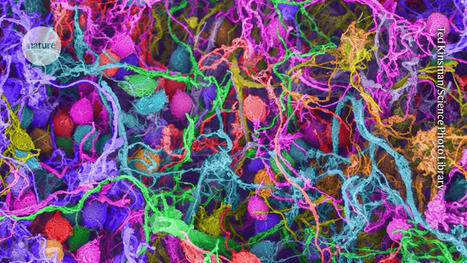


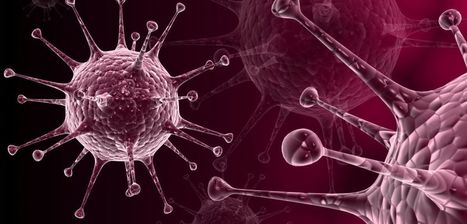
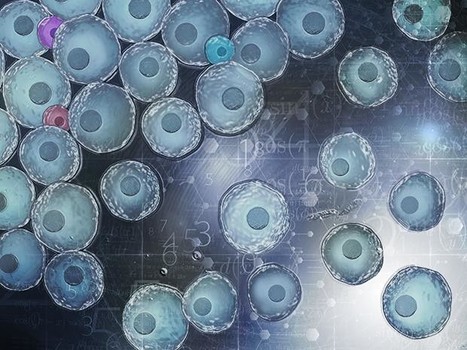

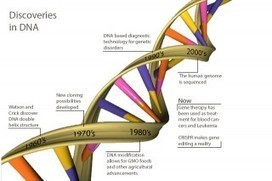





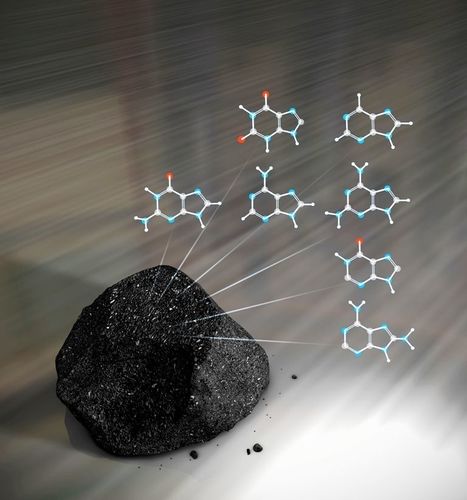
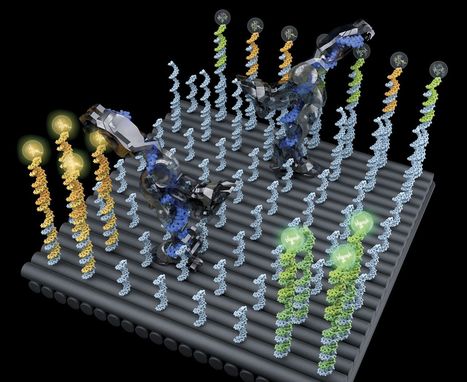

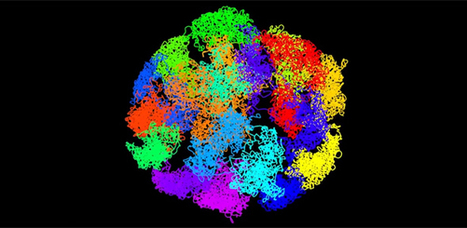

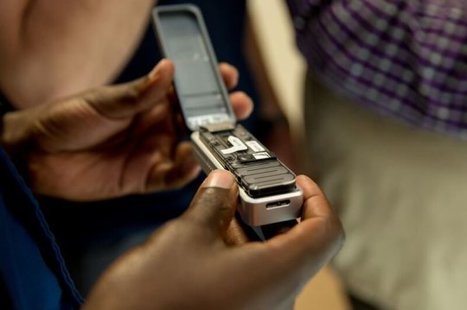
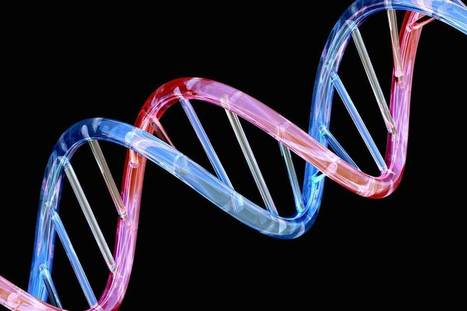

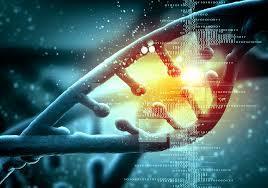





Nerve cells form long-term memories with the help of an inflammatory response, study in mice finds.